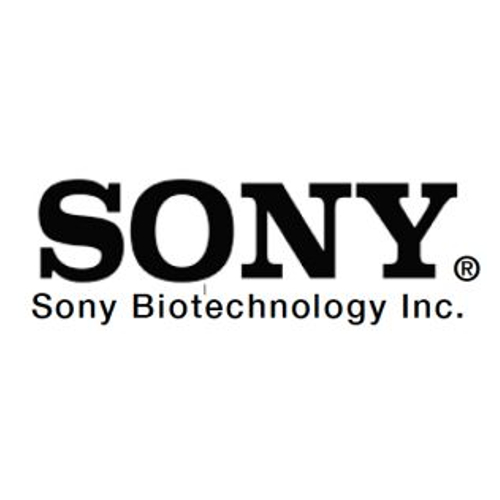CD95 Monoclonal / PerCP-Cy5.5 / DX2
Product Details
| Description | PerCP/Cy5.5 anti-human CD95 (Fas) | |
|---|---|---|
| Conjugate | PerCP-Cy5.5 | |
| Clone | DX2 | |
| Target Species | African Green Monkey, Baboon, Capuchin Monkey, Chimpanzee, Common Marmoset, Cotton-topped Tamarin, Cynomolgus, Human, Non-Human Primate, Pigtailed Macaque, Rhesus | |
| Applications | FC | |
| Supplier | Sony | |
| Catalog # | Sign in to view product details, citations, and spectra | |
| Size | ||
| Price | ||
| Antigen | ||
| Host | ||
| Isotype |
About CD95
The protein encoded by this gene is a member of the TNF-receptor superfamily. This receptor contains a death domain. It has been shown to play a central role in the physiological regulation of programmed cell death, and has been implicated in the pathogenesis of various malignancies and diseases of the immune system. The interaction of this receptor with its ligand allows the formation of a death-inducing signaling complex that includes Fas-associated death domain protein (FADD), caspase 8, and caspase 10. The autoproteolytic processing of the caspases in the complex triggers a downstream caspase cascade, and leads to apoptosis. This receptor has been also shown to activate NF-kappaB, MAPK3/ERK1, and MAPK8/JNK, and is found to be involved in transducing the proliferating signals in normal diploid fibroblast and T cells. Several alternatively spliced transcript variants have been described, some of which are candidates for nonsense-mediated mRNA decay (NMD). The isoforms lacking the transmembrane domain may negatively regulate the apoptosis mediated by the full length isoform. [provided by RefSeq, Mar 2011]
The protein encoded by this gene is a member of the TNF-receptor superfamily. This receptor contains a death domain. It has been shown to play a central role in the physiological regulation of programmed cell death, and has been implicated in the pathogenesis of various malignancies and diseases of the immune system. The interaction of this receptor with its ligand allows the formation of a death-inducing signaling complex that includes Fas-associated death domain protein (FADD), caspase 8, and caspase 10. The autoproteolytic processing of the caspases in the complex triggers a downstream caspase cascade, and leads to apoptosis. This receptor has been also shown to activate NF-kappaB, MAPK3/ERK1, and MAPK8/JNK, and is found to be involved in transducing the proliferating signals in normal diploid fibroblast and T cells. Several alternatively spliced transcript variants have been described, some of which are candidates for nonsense-mediated mRNA decay (NMD). The isoforms lacking the transmembrane domain may negatively regulate the apoptosis mediated by the full length isoform. [provided by RefSeq, Mar 2011]
About PerCP-Cy5.5
PerCP-Cyanine® 5.5 (PerCP-Cy5.5) is a red-emitting tandem fluorophore that was originally designed to make the PerCP fluorophore more stable and increase signal intensity. The donor molecule, PerCP can be excited by the 488-nm blue laser and and transfers energy to the acceptor molecule, Cy5.5, which emitts light that can be captured with a 695/40 nm bandpass filter. PerCP-Cy5.5 has an excitation peak at 482 nm and an emission peak at 695 nm. There are superior alternatives to PerCP and PerCP-Cy5.5 including BB700, NovaFluor Blue 690 or PerCP-eFluor™ 710
PerCP-Cyanine® 5.5 (PerCP-Cy5.5) is a red-emitting tandem fluorophore that was originally designed to make the PerCP fluorophore more stable and increase signal intensity. The donor molecule, PerCP can be excited by the 488-nm blue laser and and transfers energy to the acceptor molecule, Cy5.5, which emitts light that can be captured with a 695/40 nm bandpass filter. PerCP-Cy5.5 has an excitation peak at 482 nm and an emission peak at 695 nm. There are superior alternatives to PerCP and PerCP-Cy5.5 including BB700, NovaFluor Blue 690 or PerCP-eFluor™ 710
Experiment Design Tools
Panel Builders
Looking to design a Microscopy or Flow Cytometry experiment?
Validation References
Reviews & Ratings
| Reviews |
|---|
Looking for more options?
2054 CD95 antibodies from over 49 suppliers available with over 102 conjugates.





